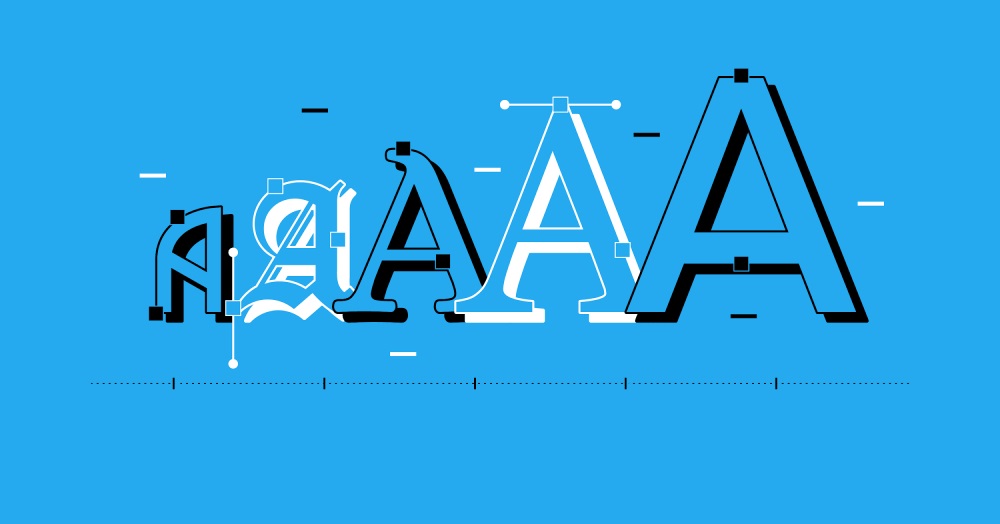Fonts are at our fingertips with just a few clicks, and it’s easy to take the intricate process behind their creation for granted. Enter the type foundry, a vital player in the world of typography. But what exactly does a type foundry do? Let’s delve into this fascinating realm where artistry meets functionality.
What is type foundry?
At its core, a type foundry is a studio or company specializing in designing, creating, and distributing typefaces. These entities are responsible for crafting the diverse fonts we encounter daily, from elegant serifs to sleek sans-serifs and everything in between.
Designing Fonts: Where Creativity Flourishes
One of the primary functions of a type foundry is font design. Talented typographers and designers work tirelessly to conceptualize and create new typefaces. This process involves meticulous attention to detail as designers balance aesthetic appeal with readability and versatility.
From sketching initial ideas to refining letterforms on a computer screen, font design is a labor-intensive endeavor that requires both artistic vision and technical expertise. Each typeface has its unique personality, evoking different emotions and complementing various design styles.
Crafting Fonts with Precision: The Technical Side
In addition to design, type foundries are also responsible for the technical aspects of font creation. This includes encoding characters, ensuring proper spacing and kerning, and optimizing fonts across different platforms and devices.
With the rise of digital typography, type foundries must adapt to evolving technologies and standards. Fonts must be compatible with various operating systems, web browsers, and design software, requiring meticulous testing and optimization.
Curating and Licensing Fonts: Connecting with Creatives
Once fonts are created, type foundries are crucial in distributing them to designers, publishers, and businesses worldwide. This often involves curating a font catalog and offering licensing options to suit different needs and budgets.
Type foundries may sell fonts directly through their websites or distribute them through online marketplaces and font libraries. Licensing agreements vary, from individual desktop licenses to enterprise-level agreements for large organizations.
Preserving Typography’s Heritage: Honoring Tradition
Beyond creating and distributing new fonts, many types of foundries also preserve typography’s rich history. Some specialize in reviving historical typefaces, meticulously researching and recreating centuries-old letterforms for modern use.
By preserving and celebrating typographic heritage, these foundries ensure that timeless classics are not forgotten and that future generations can continue to appreciate the artistry of typography.
Conclusion
Type foundries play a multifaceted role in typography, blending creativity with technical precision to craft fonts that shape our visual landscape. From design and technical implementation to distribution and preservation, these entities are the custodians of the alphabet’s essence, ensuring that every letter makes a lasting impression. So, the next time you select a font for your project, take a moment to appreciate its craftsmanship courtesy of the tireless efforts of type foundries around the globe.
